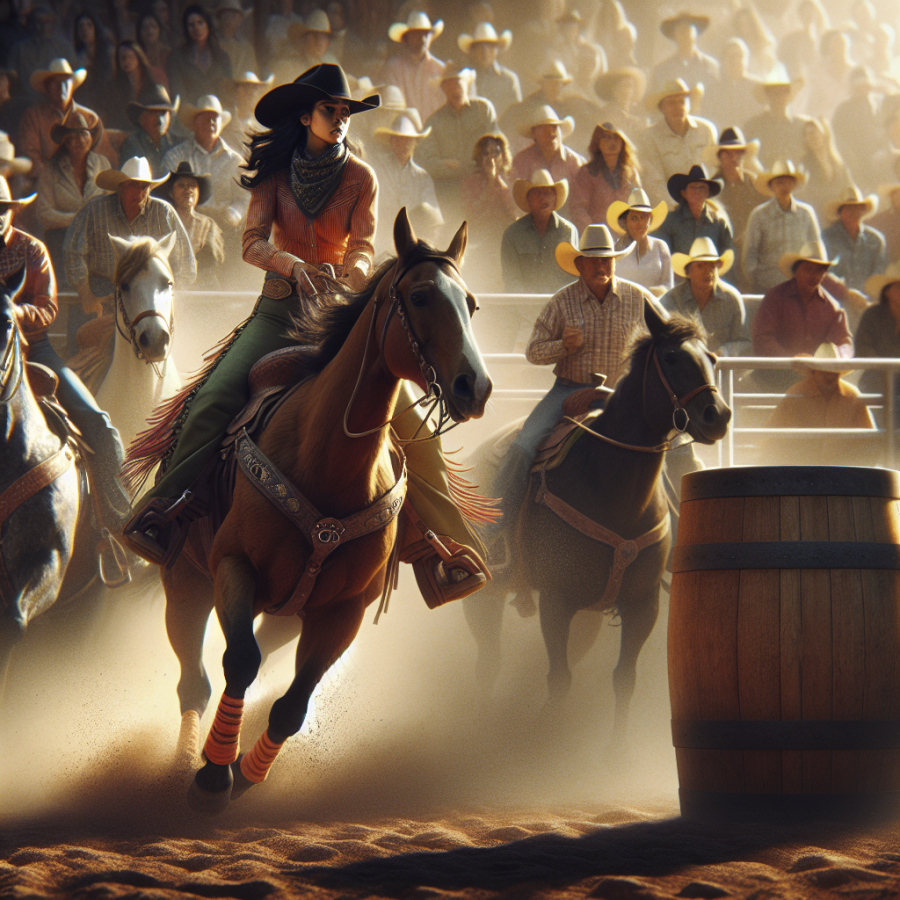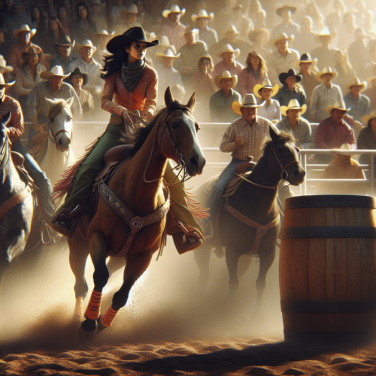The Cultural Significance and Enduring Appeal of Rodeo Tradition
Rodeo's roots reach deep into the heart of American history, intertwining with the cultural fabric of both the Old West and modern rural communities. As a sporting event that began with the daily tasks of cattle herding in Spain and Mexico, rodeos eventually evolved into a competitive spectacle in the United States, primarily among cowboys in the western states. It was initially a way to test skills necessary for cattle ranching, but it has grown into a celebration of cultural pride and a showcase of extraordinary talent.
The cultural significance of rodeo lies in its reflection of the historical cowboy lifestyle, which is often romanticized but was indeed a tough and dangerous way to earn a living. Rodeos preserve many of the skills that were vital to cattle herding and ranch work, including roping, riding, and livestock handling. These competitions offered cowboys a chance to demonstrate their talents and earn prestige among their peers. Over time, the tradition of rodeo has become a symbol of the rugged individualism and the spirit of the American frontier that is essential to the national identity.
Moreover, rodeo has woven itself into the community fabric by bringing people together. Towns and cities across the rodeo circuit host events that have become annual traditions, fostering a sense of belonging and local pride. These events often support local economies and charitable causes, reinforcing their value beyond the entertainment they provide.
The endurance of rodeo's appeal can be attributed to its action-packed nature and the sheer athleticism required by its participants. Rodeo athletes train tirelessly, akin to professionals in any other high-level sport, dedicating their lives to perfecting skills that require strength, finesse, and courage. Fans are drawn to the drama of events like bull riding, barrel racing, and steer wrestling, which showcase the incredible partnership between human and animal athletes.
Another aspect of rodeo's lasting appeal is its adaptability and evolution. While it honors traditions, rodeo has also embraced modern entertainment elements, making events appealing to broader audiences. It integrates music, pyrotechnics, and audience participation segments, ensuring it remains current and exciting. The inclusion of categories for women, such as breakaway roping and barrel racing, has also broadened the appeal and diversity of the sport.
Despite its evolution, the values at the core of rodeo, like courage, skill, and determination, have remained unchanged. It's these values that resonate with fans and participants alike, drawing new generations into the rodeo stands.
Read also:
Gliding into Action: The Thrill of Ringette Explained
Exploring the Heart-Pumping Action of Competitive Rodeo Events
Competitive rodeo is a heart-stopping spectacle that combines skill, athleticism, and an element of danger, offering audiences a unique and thrilling show. From the thundering hooves on the ground to the gritty determination of the participants, rodeo events showcase the storied traditions of the Old West, while demanding high levels of performance from both the riders and their equine partners.
One of the most iconic events in rodeo is bull riding, an intense sport where cowboys attempt to stay mounted on a bucking bull for a minimum of eight seconds. This is no mean feat, as the bulls employed in these events are bred for strength, agility, and a powerful kicking action designed to unseat the rider as quickly as possible. Contestants must maintain balance and coordination while holding onto a braided rope, all while the bull spins, twists, and bucks with unrestrained force.
Equally heart-pounding is the saddle bronc riding, where participants ride a bucking horse while holding onto a thick rope attached to the horse's halter. The rider must not only stay on for the required time but also demonstrate control and technique by keeping to a strict form. Judges score both the horse's performance and the rider's technique, adding to the competitive nature of the event.
Barrel racing, predominantly a women’s event, is another adrenaline-infused competition where racers guide their horses through a cloverleaf pattern around preset barrels at breakneck speeds. The event is timed, and precision is key, as knocking over a barrel incurs penalties. The tight turns and fast sprints required in barrel racing demonstrate the incredible agility and training of the horses, as well as the rider’s skill in maneuvering them.
Team roping requires coordination and timing between two riders—the header and the heeler. As a steer is released, the header must lasso its horns or neck and then use his horse to turn the steer to the left, which sets up the position for the heeler to rope the steer’s hind legs. The clock stops when the steer is captured and secured by both ropes, and the riders face forward with their horses setting the ropes taut. This event emphasizes the historical skills of cowboys working on ranches to capture and treat livestock.
Steer wrestling, or bulldogging, is a true test of strength and speed.




